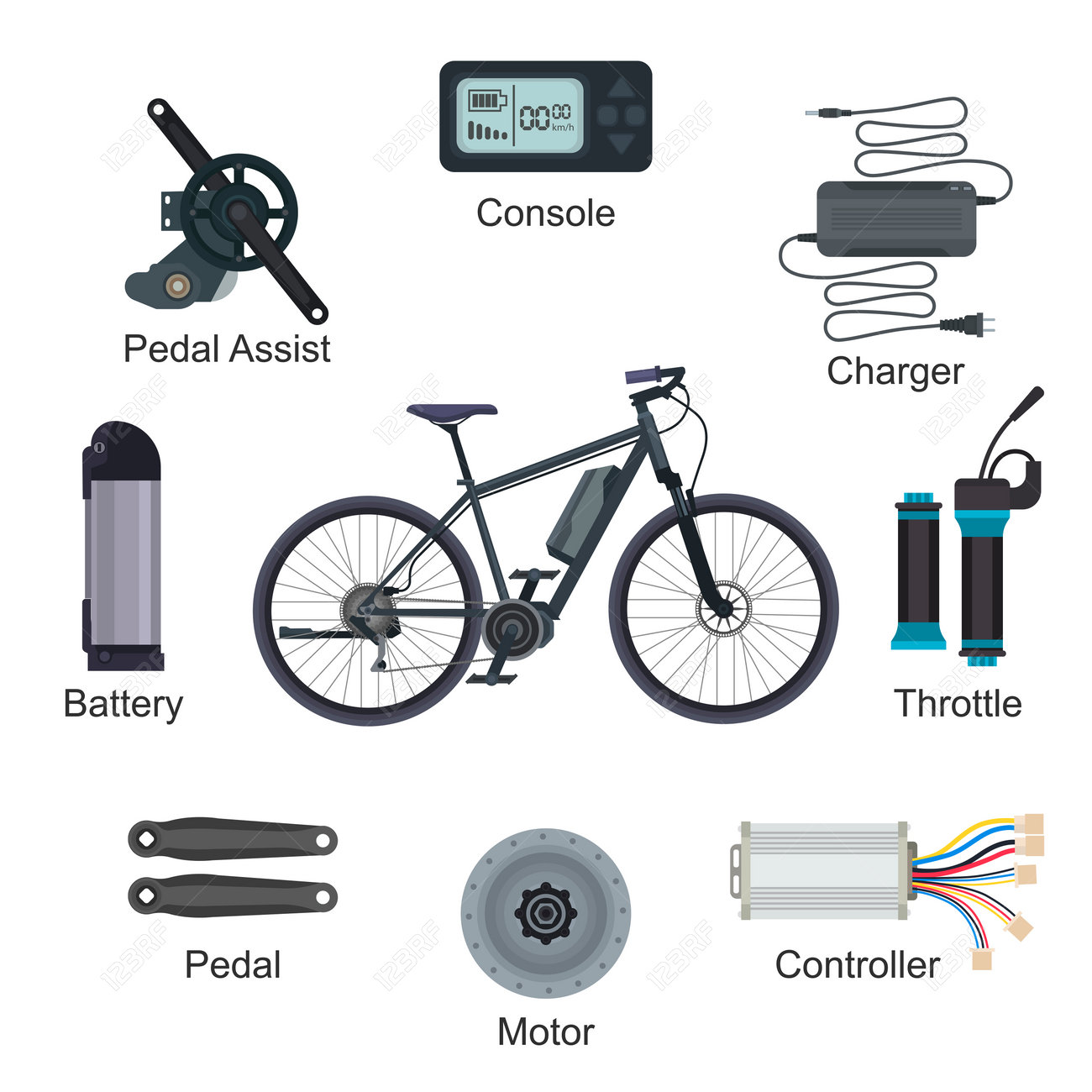Before you hop on your e-bike and hit the streets, it's important to recognize the laws and regulations that regulate your city. From rate limits to assigned riding locations, there's a whole lot to think about to ensure you're compliant and secure. By familiarizing yourself with the regulations details to e-bikes, you'll be better furnished to appreciate your rides without any unexpected lawful problems. Remain tuned to find crucial insights that will certainly help you navigate the e-bike landscape in your city seamlessly.
Comprehending E-Bike Category
When it comes to navigating the world of e-bike regulations and policies, a critical starting point is understanding the classification system that classifies these electric bikes. E-bikes are commonly categorized right into 3 primary classifications: Course 1, Class 2, and Course 3.
Course 1 e-bikes are pedal-assist only, implying they give support while the motorcyclist is pedaling and have a maximum speed of 20 miles per hour. These bikes are admitted areas where standard bicycles are allowed.
Course 2 e-bikes are furnished with a throttle that can move the bike without pedaling. They also have a maximum speed of 20 miles per hour and appropriate for cyclists who might require assistance without pedaling continually.
Course 3 e-bikes resemble Class 1 but with a higher maximum speed of 28 miles per hour. These bikes are often limited from specific bike paths or tracks due to their greater speeds.
Understanding these categories is vital for adhering to local regulations and making certain a risk-free and enjoyable e-biking experience.
Browsing Rate Limitations and Limitations
To properly navigate e-bike regulations and laws, it's important to recognize the speed limitations and limitations that relate to different courses of electrical bicycles.
Rate limitations for e-bikes vary relying on the classification of the bike. https://fattireebikeunder100021986.frewwebs.com/32789108/check-out-the-most-effective-methods-for-preserving-the-efficiency-and-longevity-of-your-electrical-bike-over-the-years -bikes, which are pedal-assist just and have a maximum speed of 20 miles per hour, are typically permitted on bike lanes and paths.
Class 2 e-bikes, which have a throttle along with pedal-assist and additionally reach rates of up to 20 miles per hour, might be limited in specific locations where motorized vehicles aren't allowed.
Class 3 e-bikes, with pedal-assist as much as 28 miles per hour, are typically needed to adhere to the same guidelines as typical bicycles.
It is very important to comply with these rate limitations and limitations to guarantee your safety and the security of others when driving. Prior to riding your e-bike, familiarize yourself with the particular laws in your city to stay clear of any possible fines or lawful concerns.
Where to Trip Your E-Bike
To figure out where you can ride your e-bike, it's necessary to understand the laws and standards specific to your location. In relevant web-site of areas, e-bikes are normally allowed on roads and streets where traditional bicycles are allowed. This may consist of bike lanes, bike courses, and shared highways. However, it's essential to inspect regional laws as some cities might have details limitations on where e-bikes can be ridden.
When riding your e-bike, always focus on security by following traffic rules and appreciating pedestrian walkways. Additionally, bear in mind any type of assigned bike lanes or courses in your location and use them whenever feasible to make certain a smoother and more secure experience.
Some cities additionally have regulations pertaining to e-bike use on walkways, so make sure to familiarize on your own with these policies to prevent any penalties or fines.
https://fat-tire-ebike-manufactur76532.blog2freedom.com/32206203/the-increase-of-electric-bikes-fads-and-technologies-to-view that you know with the laws and laws surrounding e-bikes in your city, you can with confidence hit the road recognizing where you can ride and what restrictions relate to your e-bike category. Remember to constantly focus on safety and follow the regulations to make sure a smooth and lawful adventure. Happy riding!
